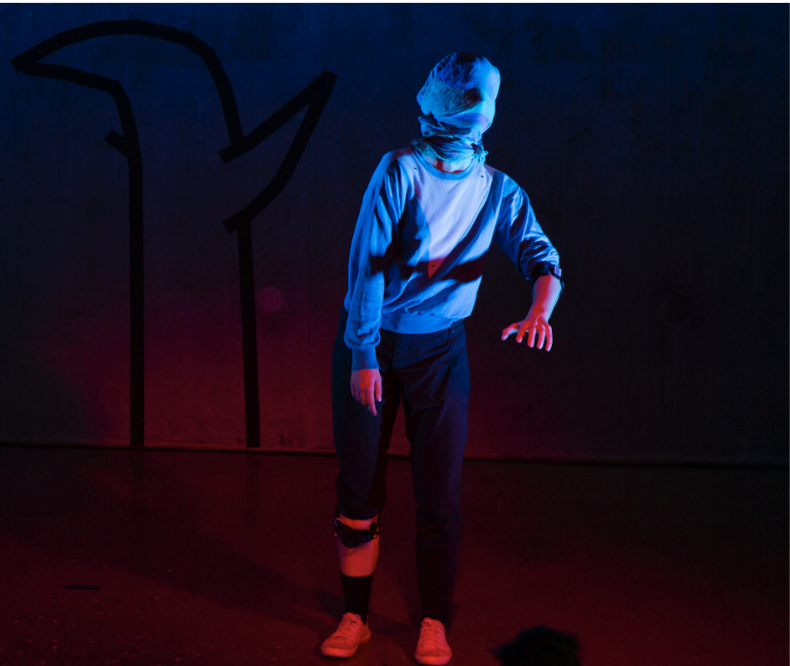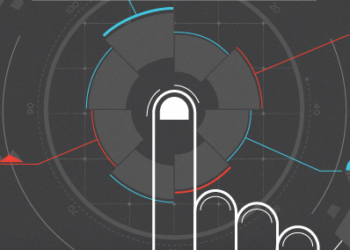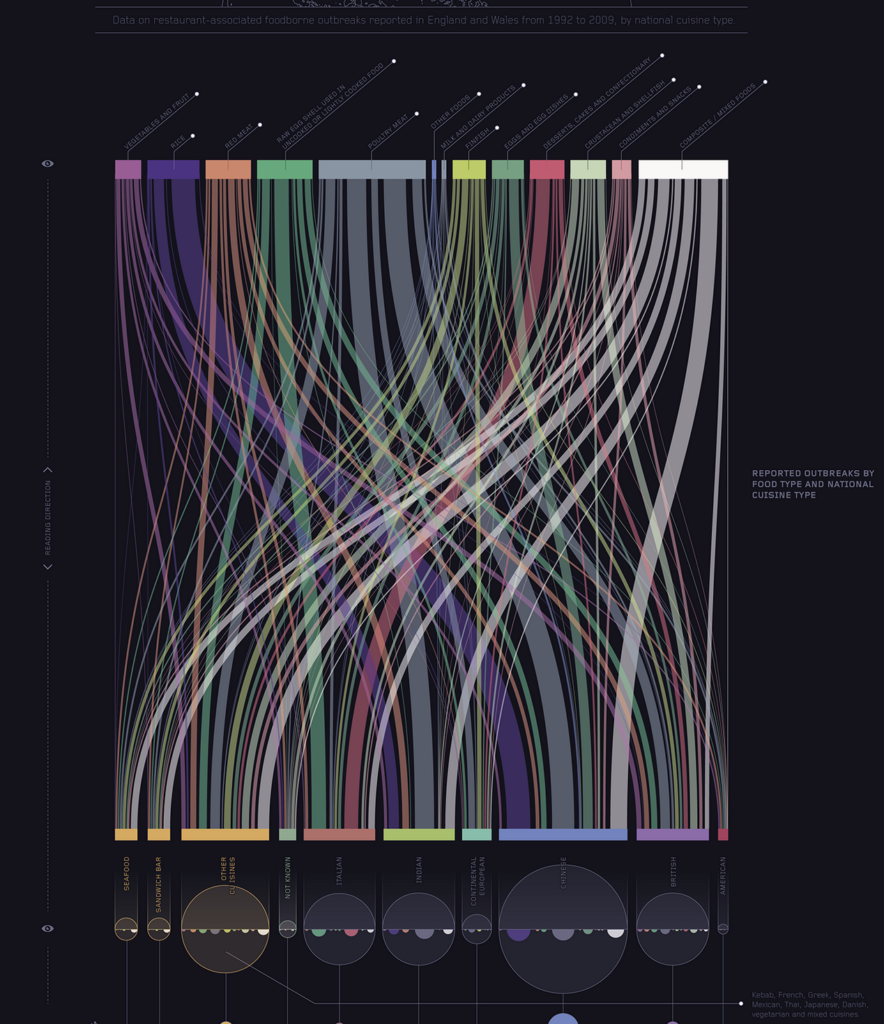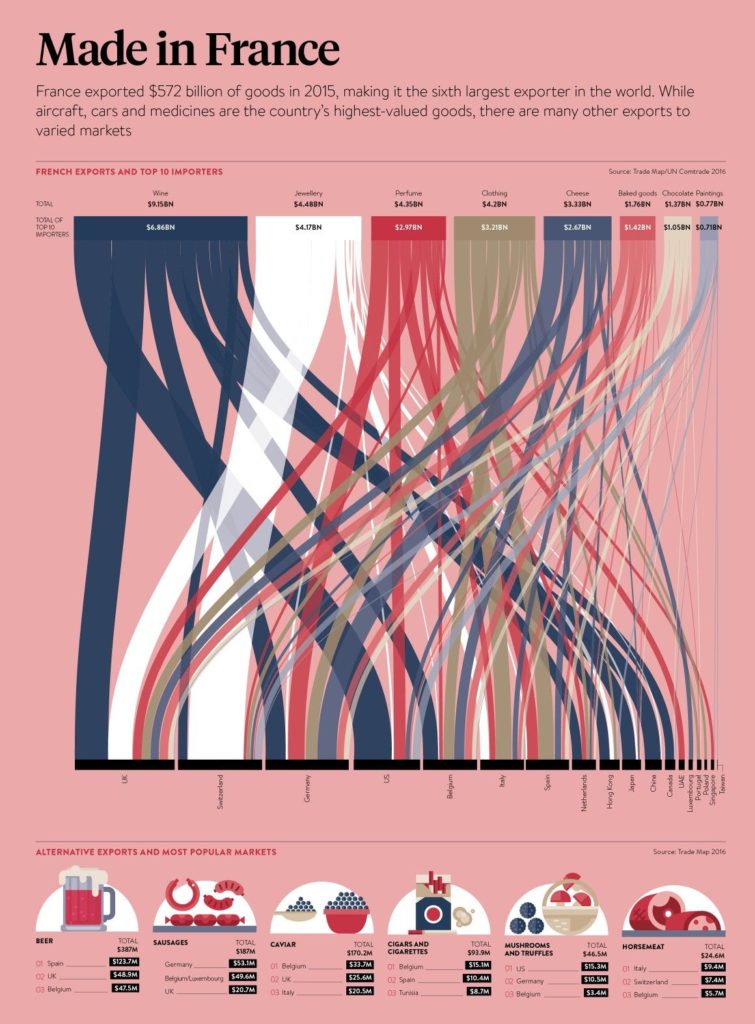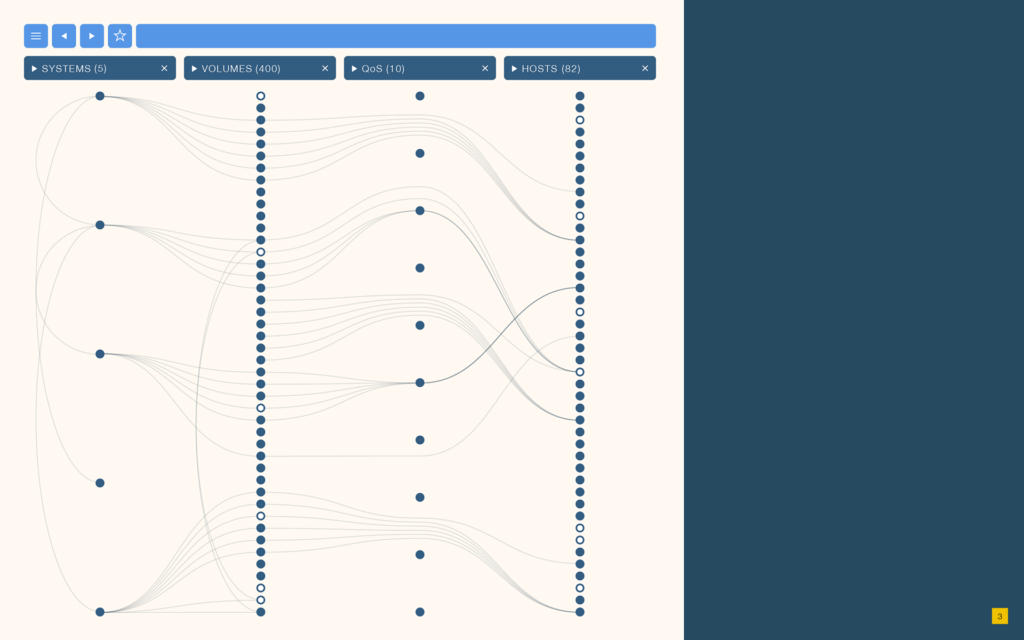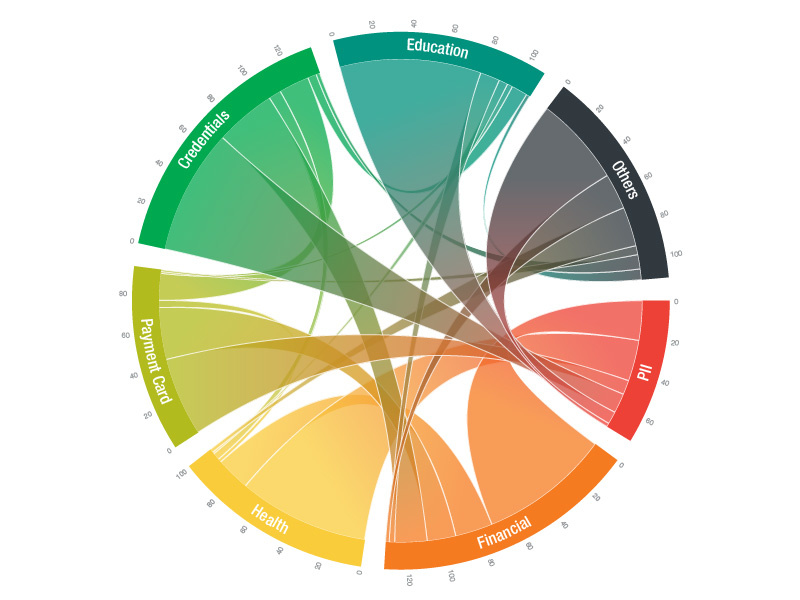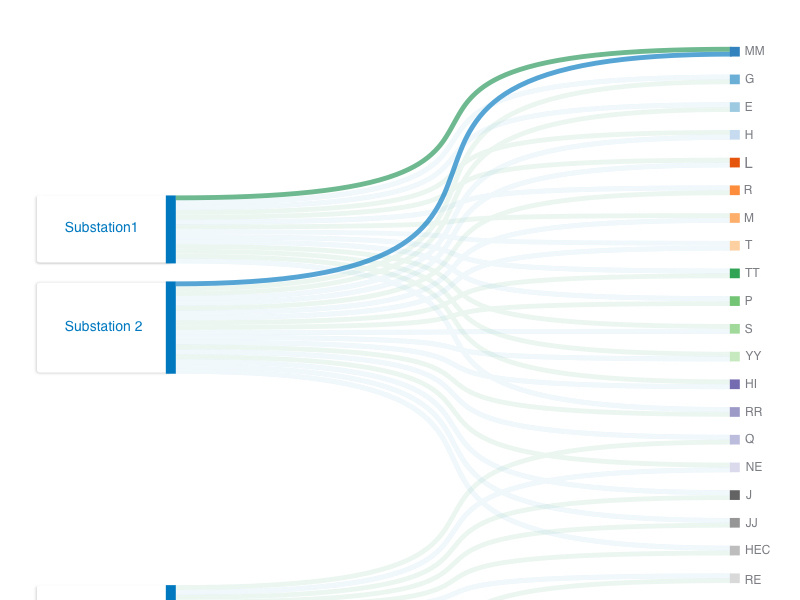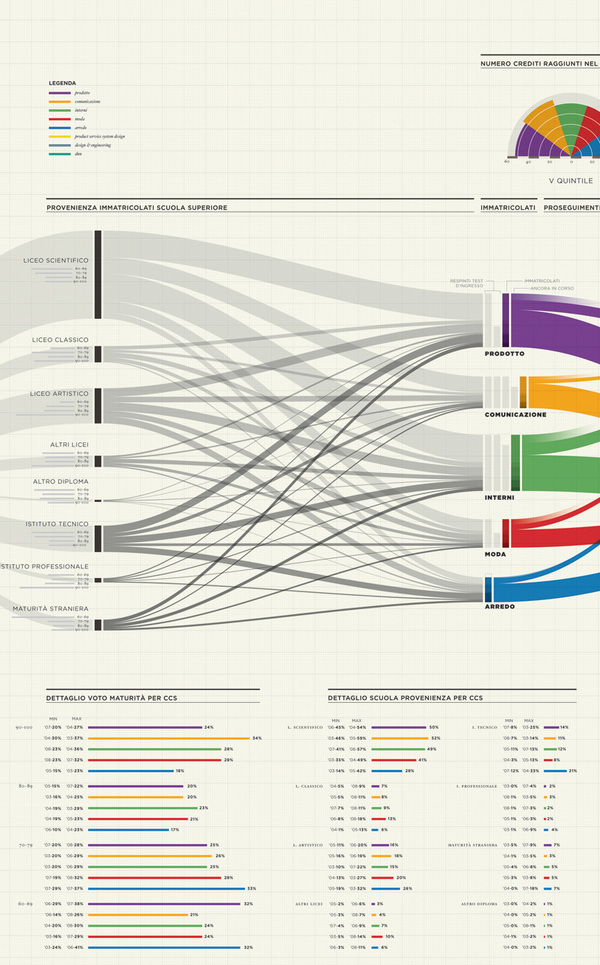Astrid Cury is the director and culturologist at the „Akademie Graz“. She told how important cooperation is and why creative people, especially designers, artists, etc. should cooperate as much as possible.
She also talked about the „Akademie Graz“. This is a creative association founded in 1987 by Emil Breisach and it is focused on the implementation of creative projects, art and the organization of exhibitions.
She says collaboration has many benefits:
- unique ideas
- perfect equation of form and content
- increases social relevance and impact
- includes work on democracy
- to promote social cohesion and enable equal access
But in the beginning, the collaborative process is always very complicated. People should find a way of interaction that is comfortable for them and develop a clear structure so that it is easier for everyone to work.
Today it’s quite difficult to manage a project alone, in any area we need to interact with other people. And the more intense the exchange of experience, the faster and easier it is to find new solutions and ideas. Astrid shows how different approaches and views on a particular topic affect the result and how to use this to see a more complete picture. This is exactly what I like about this approach. Many projects simply cannot be implemented alone.
I also like the way they care about people who have had a disaster in life and offer to feel stronger and prove themselves as professionals in a creative environment. She also talked about “inclusion”, which means full integration of people with disabilities into society. Inclusion is a vision of a society without barriers to the diversity of people.
La casa Carlota & Friends is a design studio in Barcelona, where people with Down syndrome or autism fully embody their creative ideas. They create collages, paintings, hand-drawn typography for their customers. It really is an amazing place, and they work really creative and unique, made with sincerity and soul.
